MONASS News , October 2018
Over the summer, there has quite a lot going on for the MONASS research team. This short blog will summarise some of these activities.
Field Work
During June and July this year, Beth Cullen and Christina Geros undertook field work in Bangladesh, assisted by Research institute Bangladesh and the Bengal Institute of Architecture, Landscapes and Settlements. As well as visiting a number of sites in Dhaka, they spent time in Savar and Louhajong with the Bede community, in Sylhet attending a wedding, and in Khulna and Mongla visiting prawn and shrimp farms. They held meetings, with ICCCAD, the Bangladesh Meteorological Office, the Bangladesh Rice Research Institute, the Bangladesh Fisheries Research Institute, the Grambangla Unnayan Committee, World Fish Dhaka, Winrock International, the Institute of Water and Flood Management, the Bangladesh Resource Centre for Indigenous Knowledge, met with scholars at the University of Dhaka Faculty of Fine Arts, and many others. Through this work, they came away with a rich set of impressions and understandings of Bangladesh’s relationship with the changing monsoon from many perspectives. At the end of her stay in Dhaka, Christina flew to Ladakh in the Himalayas to see and experience the monsoon from where it turns.
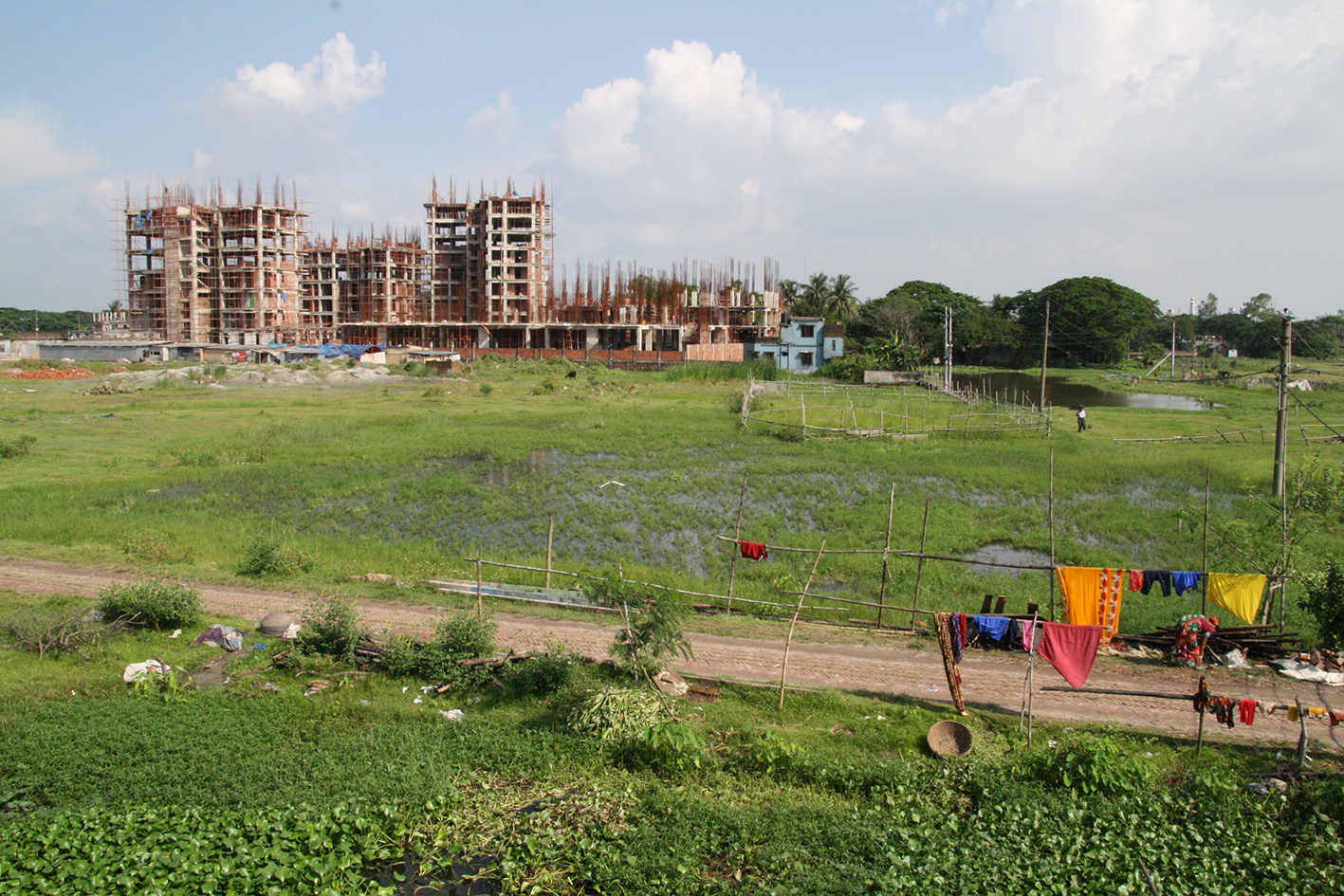
Construction on wetlands, Madani Avenue, Dhaka. Photo: Beth Cullen
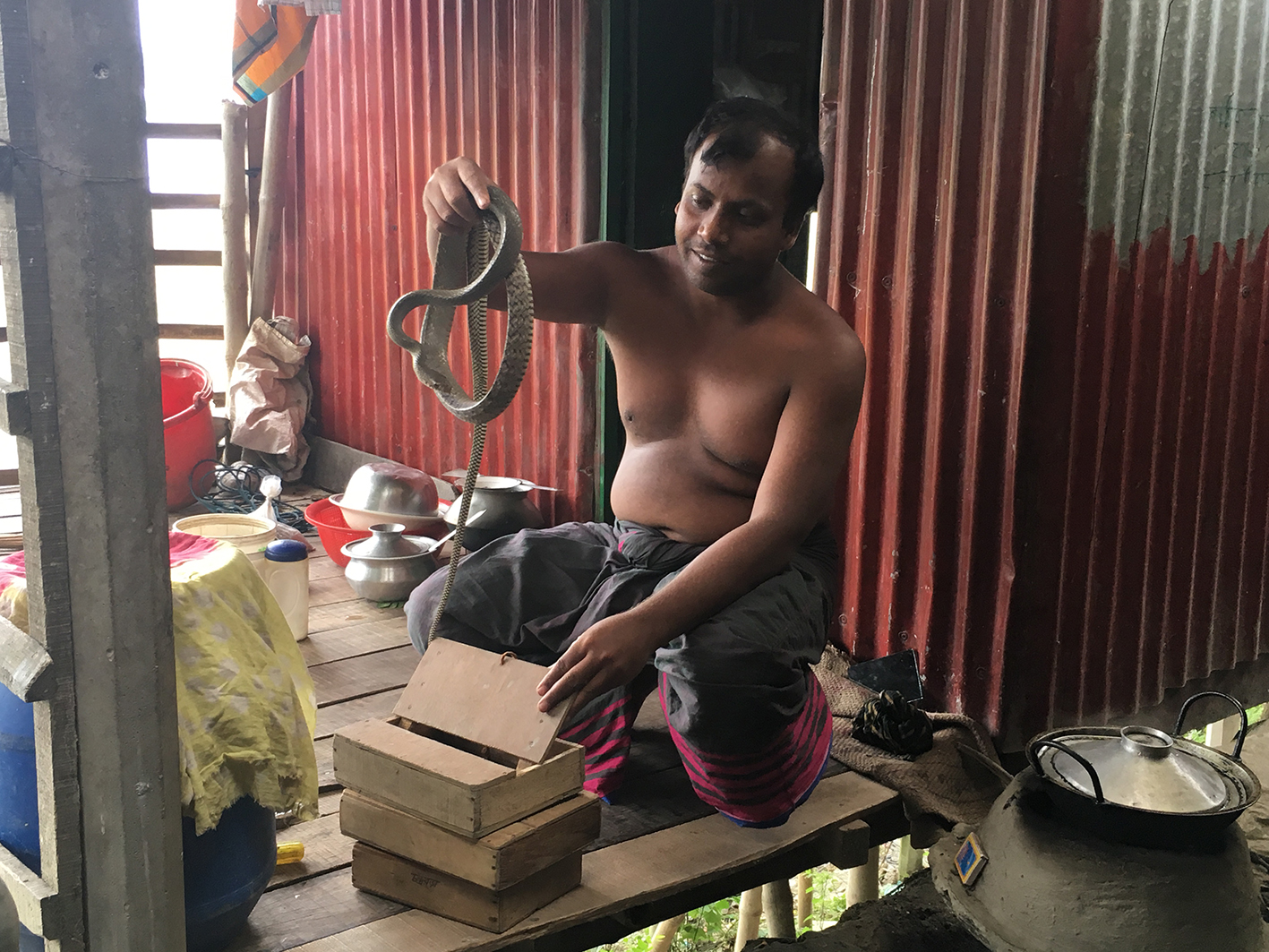
Bede snake charmer, Porabari, Bangladesh. Photo: Beth Cullen.
PhD researchers Harshavardhan Bhat and Anthony Powis also carried out field work over the summer. Harsh’s field work was in Delhi, focused on the Delhi Ridge and Ladakh and Anthony’s was in Chennai, where he focused on ground water. Both have submitted their second annual progress reports and will sit upgrade viva’s this autumn.
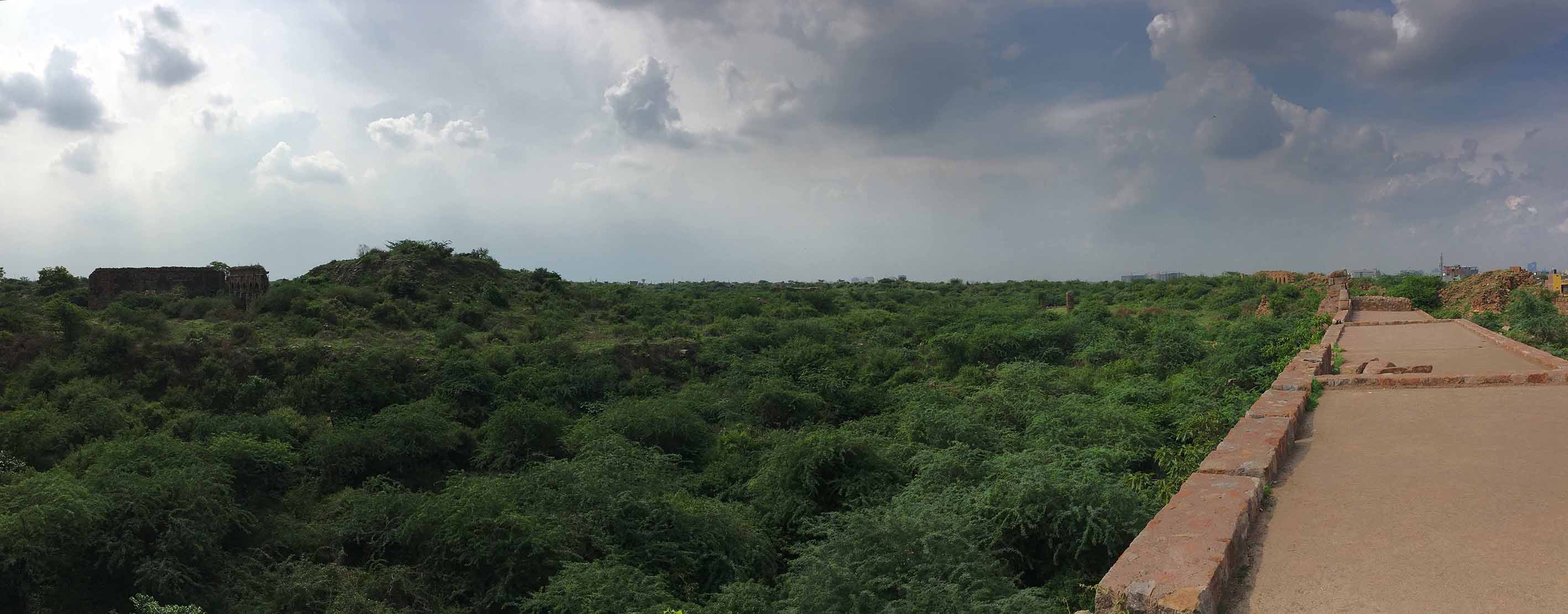
The Delhi Ridge from Tughlaqabad Fort. Photo: Harshavardhan Bhat
Publications
Beth Cullen and Christina Geros’s paper ‘Between the Dragonfly and the Barometer: Knowing Weather, Constructing Climate’ has been accepted for a special issue of the British Journal for the History of Science. Lindsay Bremner completed two papers over the summer: ‘Planning the 2015 Chennai Floods,’ and ‘Sediments of the Rohingya in Bangladesh,’ which are under review by Environment and Planning E: Space and Nature and Political Geography. She is currently editing the submissions for Monsoon [+ other] Waters, which will be published in January 2019.
Conferences and Symposia
Beth Cullen and Christina Geros presented ‘Between the Dragonfly and the Barometer: Knowing Weather, Constructing Climate,’ at the Asian Extremes Conference: Climate, Meteorology and Disaster in History, University of Singapore, 17-18 May; Anthony Powis presented ‘The materiality of groundwater in the construction of the Chennai Metro’ at Going Underground: Design, Reputation, and Disorder in the Subterranean Infrastructure of the Global City, Birkbeck, University of London, 18 May; Harshavardhan Bhat presented ‘Monsoonal Methodologies’ at Politics of the Machines, Aalborg University, Copenhagen, 15-17 May, ‘Over skies of extraction’ at London Critical, University of Westminster, 29-30 June, took part in the Earth and Water streams at the Anthropocene Campus in Melbourne, Australia, 3-6 September and presented ‘IN an air of material complicity’ at the 12th Pan-European Conference on International Relations in Prague (13-15 September). Lindsay Bremner presented ‘Planning the 2015 Chennai Floods,’ at the Royal Geography Society Conference in Cardiff, 28-31 August. In January 2019, Beth Cullen will present ‘The fish, the delta and the monsoon: storying hilsa ecologies,’ and Harshavardhan Bhat will present ‘Prosopis Air’ at the Multispecies Storytelling in Intermedial Practices conference at Linneaus University in Sweden and Lindsay Bremner has been invited to present ‘Sediments of the Rohingya’ at Testimony as Environment: Violence, Aesthetics, Agency, a symposium at the London School of Economics in January 2019.
Kanniyakumari Project
During field work in Chennai in 2017, Lindsay Bremner and Christina Geros interviewed retired IAS officer M G Devasahayam in Nagercoil, Kanniyakumari. As result of this, MONASS has been to work on a monsoon-tuned, ecologically driven master plan for the Kanniyakumari District. As a first step in this direction, we plan to undertake a series of participatory 3D modelling workshops in Kanniyakumari next year, bringing in two members of the Expanded Territories Research Group at the University of Westminster, Corinna Dean and Duarte Santo to assist us. This initiative will be led by Beth Cullen. We are currently working on a Wellcome Trust funding application to support this work as it lies outside the scope of the ERC Grant.
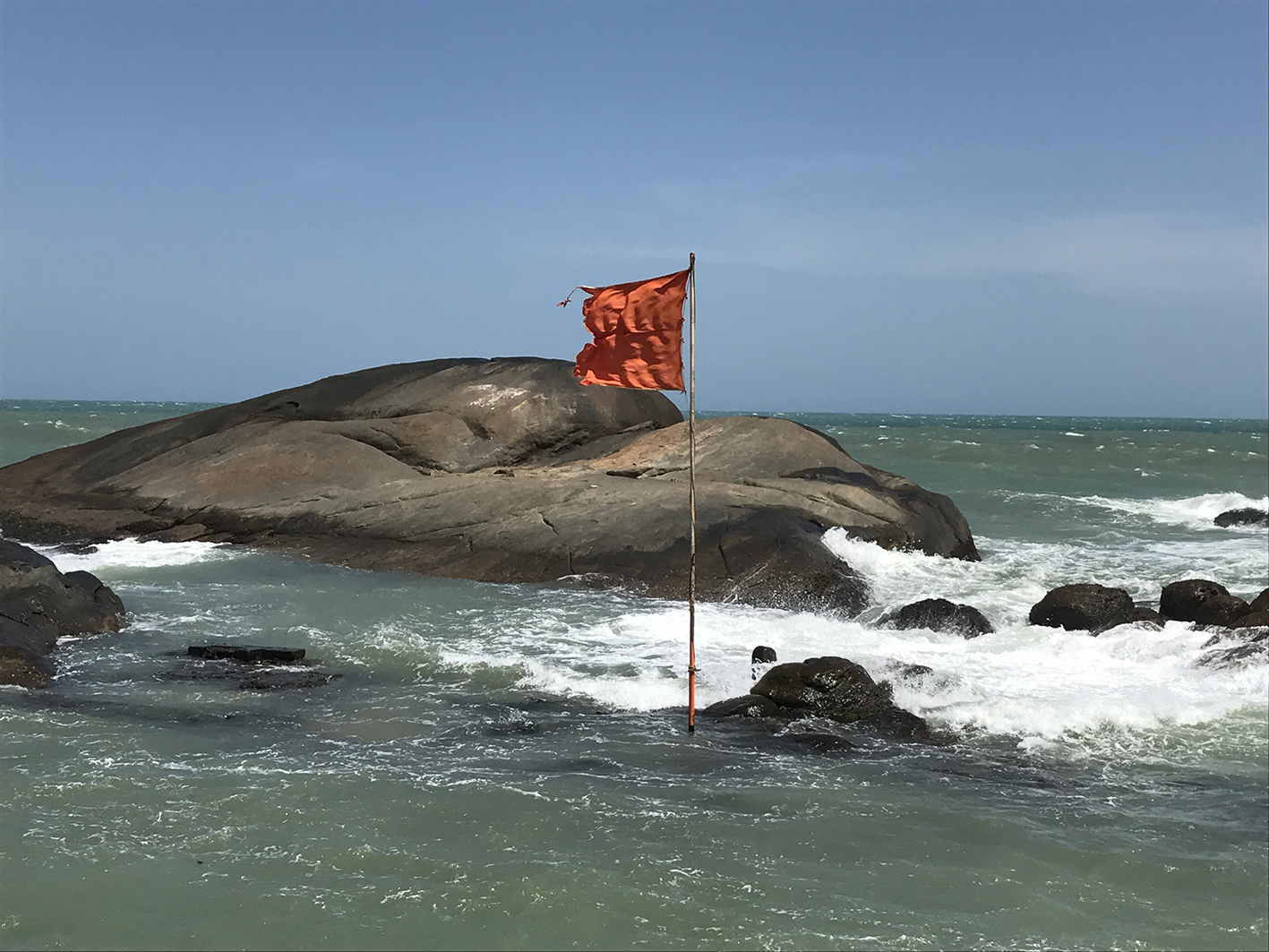
Kanniyakumari, where three oceans meet. Photo: Lindsay Bremner
Milan Triennale 2019
MONASS has been invited to contribute to the Milan Triennale, Broken Nature, 01 March – 01 September 2019. Christina Geros developed a concept for this, titled ‘Emergent and Erratic: Monsoonal Transmogrification of Land, Sea and Air,’ which will comprise a series of new cartographic and video works on Leh and Kanniyakumari. Work on this is currently in progress.
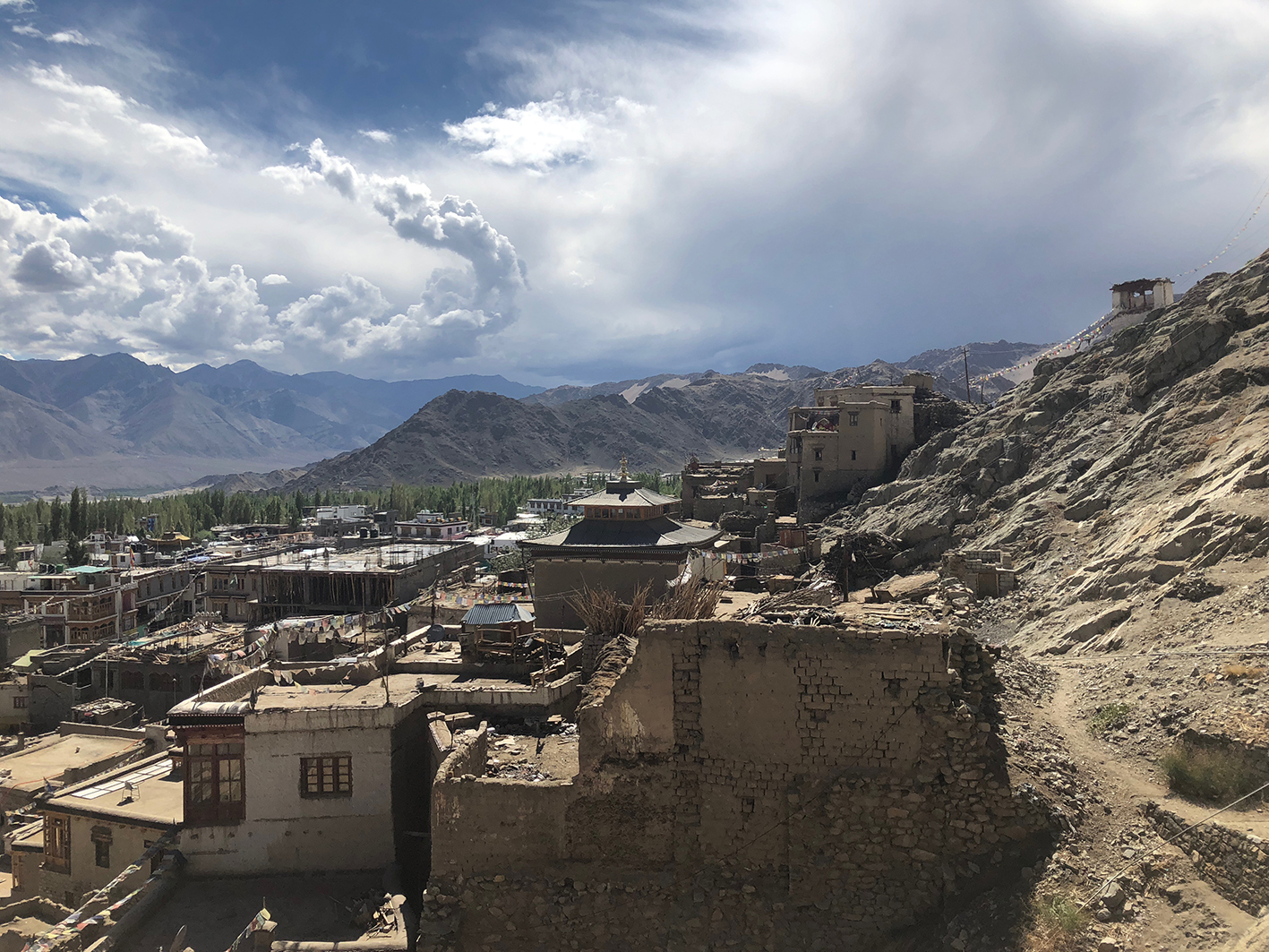
Monsoon clouds, Leh. Photo: Christina Geros
New Staff
We have been joined this year by John Cook, an architect and former student of DS18 to work on cartographic and design work for MONASS in 2018/19. Former and current DS18 students, Tom Benson and Thomas Blain also did short stints with us over the summer. Our administrator, Zahra Saleh, left us at the end of July for another position at the University and we have been joined by Aisha Forde.
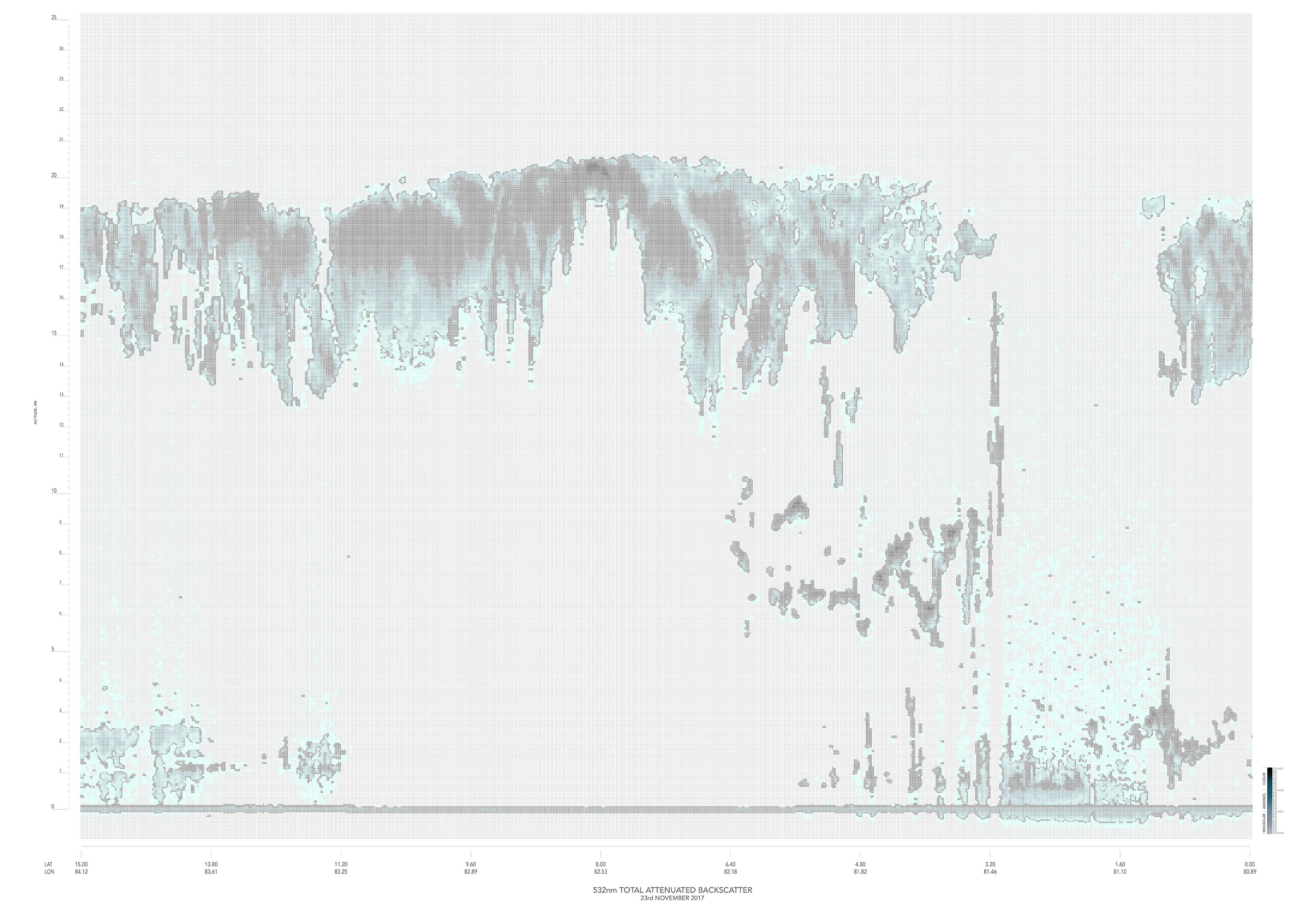
Digital render, monsoon sky. Drawing: Tom Benson
DS18
The exhibition of DS18 work in Bangladesh during 2017/18 took place as part of the University of Westminster’s OPEN show in June and July 2018. 20 students are now registered for the Final Monsoon Assemblages studio. This is set in Myanmar and titled ‘Cosmopolitical Design in a Monsoonal River Basin.’ Students will map, simulate and design with the Ayeyarwaddy River from a non-human perspective after a field trip to Myanmar in November.
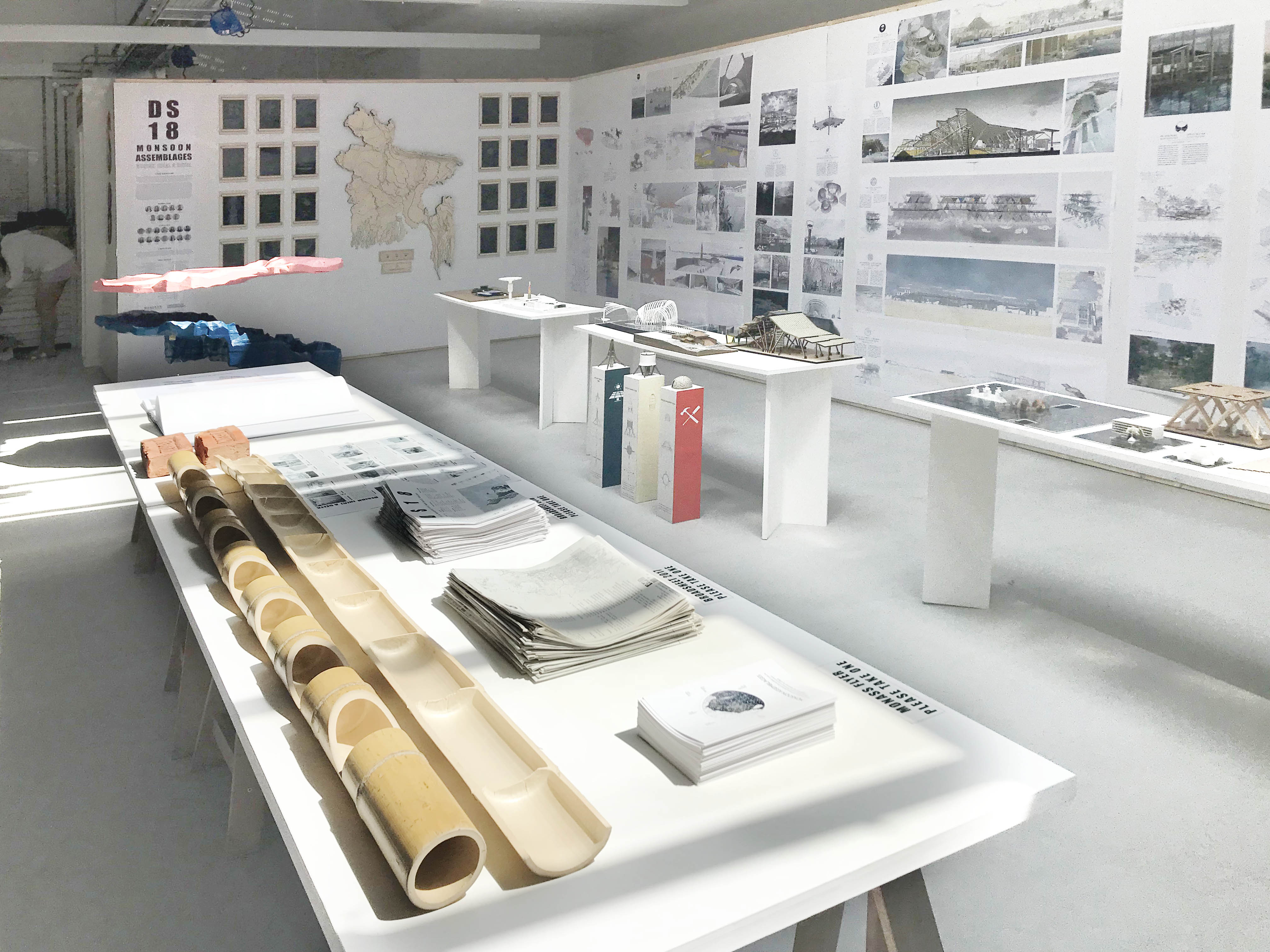
DS18 Exhibition, Bangladesh, University of Westminster, June 2018. Photo: Lindsay Bremner
Further Funding
Lindsay Bremner put in an application to the Urban Studies Foundation for funding to conduct multi-stakeholder mapping workshops in Chennai and Dhaka as part of our feedback in the cities we are working in, in 2020. She is currently preparing an ERC Proof of Concept Grant to expand this to exhibitions in Chennai, Dhaka and Yangon.
Next Advisory Board Meeting and Monsoon [+ other] Grounds Symposium
The next and last formal MONASS Advisory Board meeting will take place at the University of Westminster on 21 March 2019, followed by Monsoon [+ other] Grounds on 22 March. Keynote speakers at the symposium will be Tim Ingold (anthropologist) and Albena Yavena (architectural theorist).
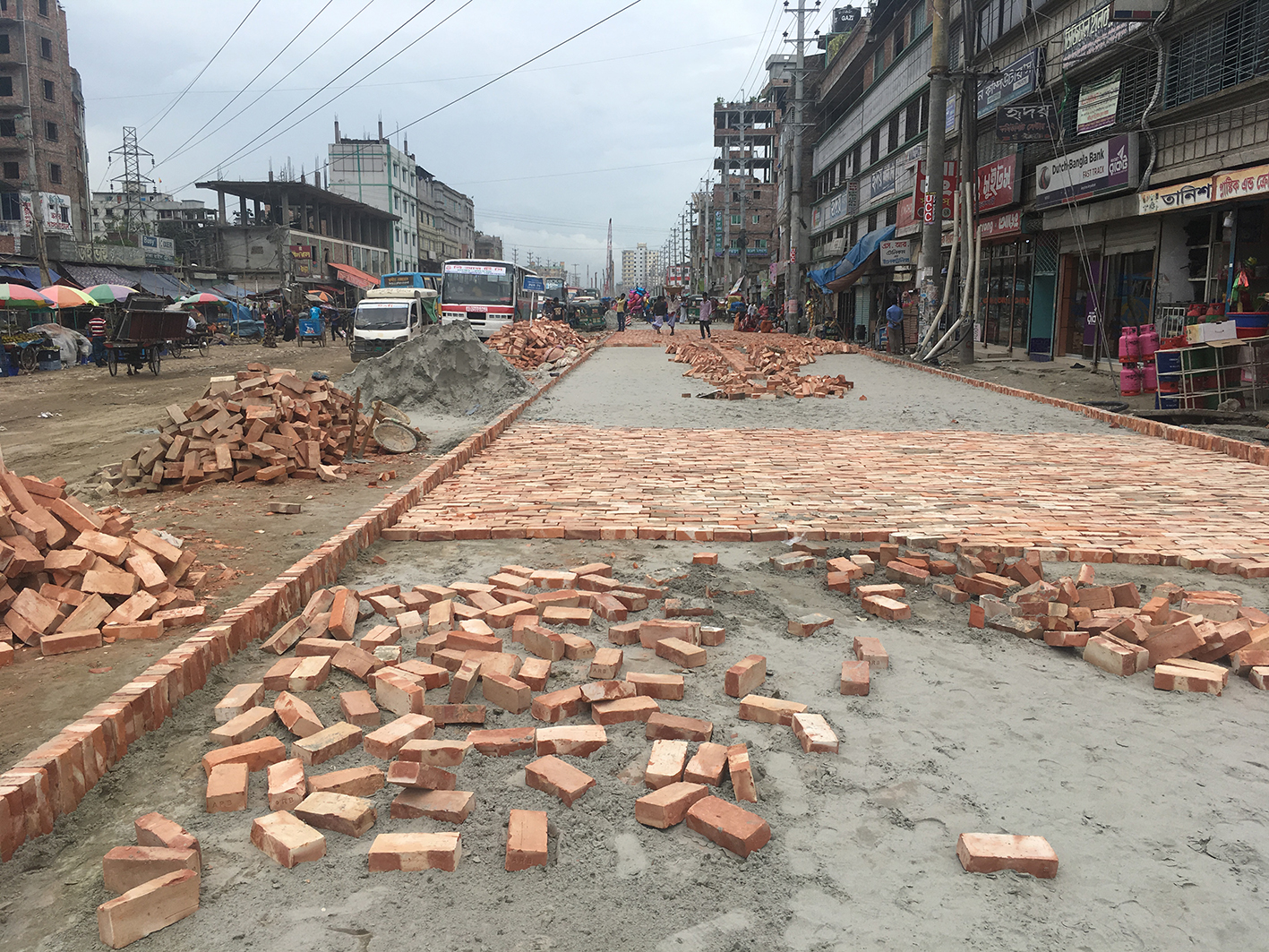
Road Construction, Sreenagar, Bangladesh. Photo: Beth Cullen.
Brexit
We are now half way through the MONASS grant period (2016-2021), with the midway scientific report due to the European Research Council in November. There is currently no clarity on the future of EU funding for UK based research post Brexit. We are hoping we will be able to see MONASS to conclusion, but, in the case of a no deal scenario, all EU research funding for UK based research will end next March. This is the notification about this on the ERC web site:
Please note that until the UK leaves the EU, EU law continues to apply to and within the UK, when it comes to rights and obligations; this includes the eligibility of UK legal entities to fully participate and receive funding in Horizon 2020 actions. Please be aware however that the eligibility criteria must be complied with for the entire duration of the grant. If the United Kingdom withdraws from the EU during the grant period without concluding an agreement with the EU ensuring in particular that British applicants continue to be eligible, you will cease to be eligible to receive EU funding (while continuing, where possible to participate) or be required to leave the project on the basis of Article 50 of the grant agreement. (http://ec.europa.eu/research/participants/docs/h2020-funding-guide/grants/applying-for-funding/find-partners_en.htm)
